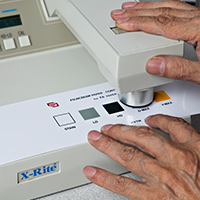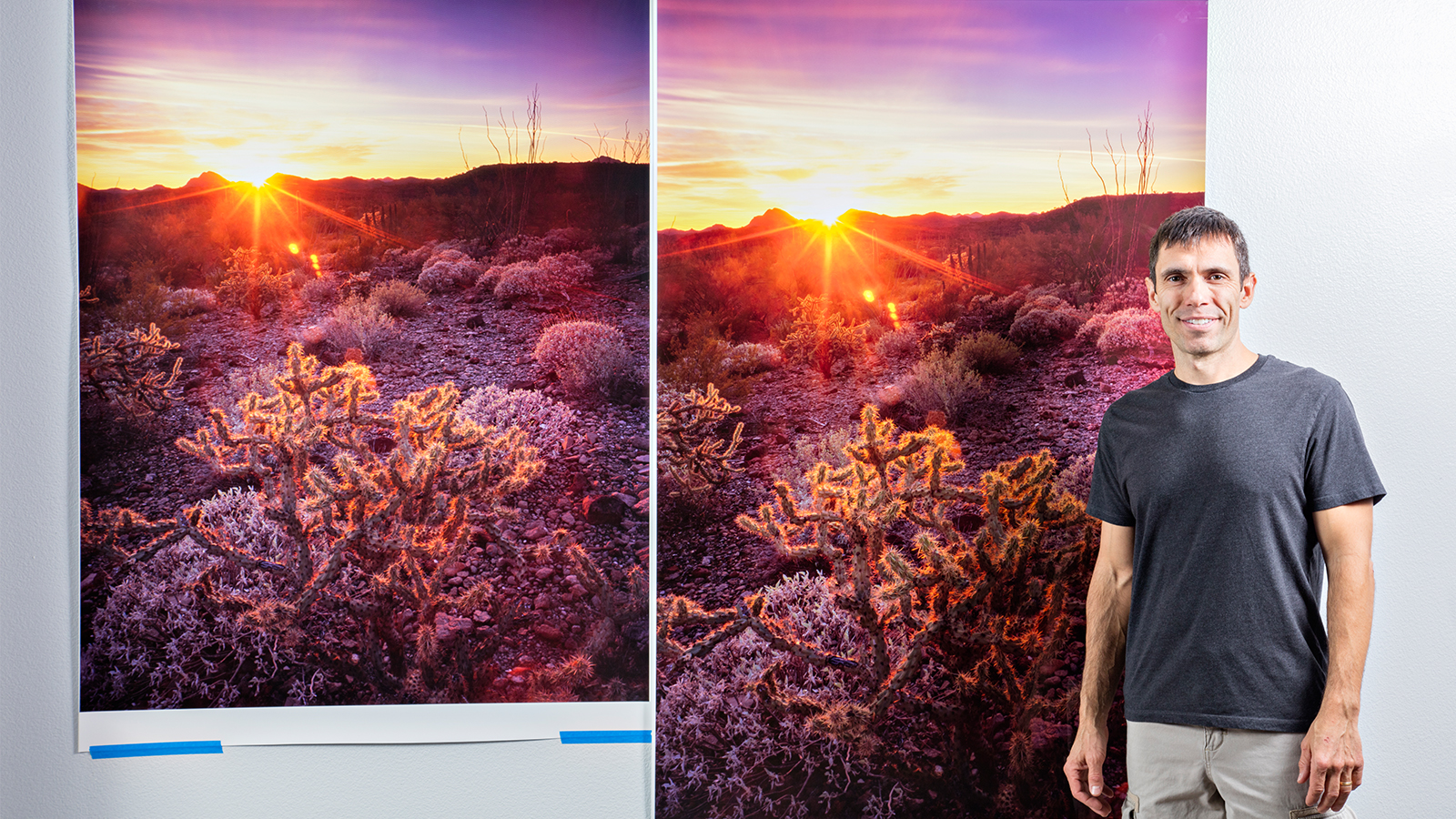Making huge prints!
Have you ever wondered how some of the the biggest names in the photography world produce such vibrant and crisps prints so large? In this video, I give you an exclusive and in-depth look into how gallery prints are produced from start to finish, including film scanning and file prepartion.
 I was excited to embark on the production of this video because of the opportunity to collaborate with others and getting to be hands-on in producing one of my personal prints in large format. It was a pleasure working with Michael Strickland of www.michaelstricklandimages.com whom is an amazing landscape photographer and was very generous in donating his time to drum scan my 4x5 Fujifilm Velvia 100 piece of film for me. I also had the privelege of being present to work alongside MaxArt Production, LLC (www.maxartpro.com) in producing several proofs of my work and in the final large print. I am very grateful for them donating their time, labor-hours, and materials in order to support the production of this video. I was also fortunate to have the support of National Geographic Fine Art Galleries (www.natgeofineart.com) in their donation of an amazing frame for my print to be placed in. Thank you to all of my sponsors!
I was excited to embark on the production of this video because of the opportunity to collaborate with others and getting to be hands-on in producing one of my personal prints in large format. It was a pleasure working with Michael Strickland of www.michaelstricklandimages.com whom is an amazing landscape photographer and was very generous in donating his time to drum scan my 4x5 Fujifilm Velvia 100 piece of film for me. I also had the privelege of being present to work alongside MaxArt Production, LLC (www.maxartpro.com) in producing several proofs of my work and in the final large print. I am very grateful for them donating their time, labor-hours, and materials in order to support the production of this video. I was also fortunate to have the support of National Geographic Fine Art Galleries (www.natgeofineart.com) in their donation of an amazing frame for my print to be placed in. Thank you to all of my sponsors!
One of the questions I've always wondered was If drum scanning was really worth the extra expense when it comes to making large prints. In this video, I had the opportunity to compare full-size large prints of both my flatbed scan (Epson V700) and a drum scan (Heidelberg Tango) in order to draw some conclusive observations. What were the findings of this experiment? Please be sure to watch my video to find out!


QUESTIONS OR COMMENTS?
PLEASE DON'T HESITATE TO CONTACT ME